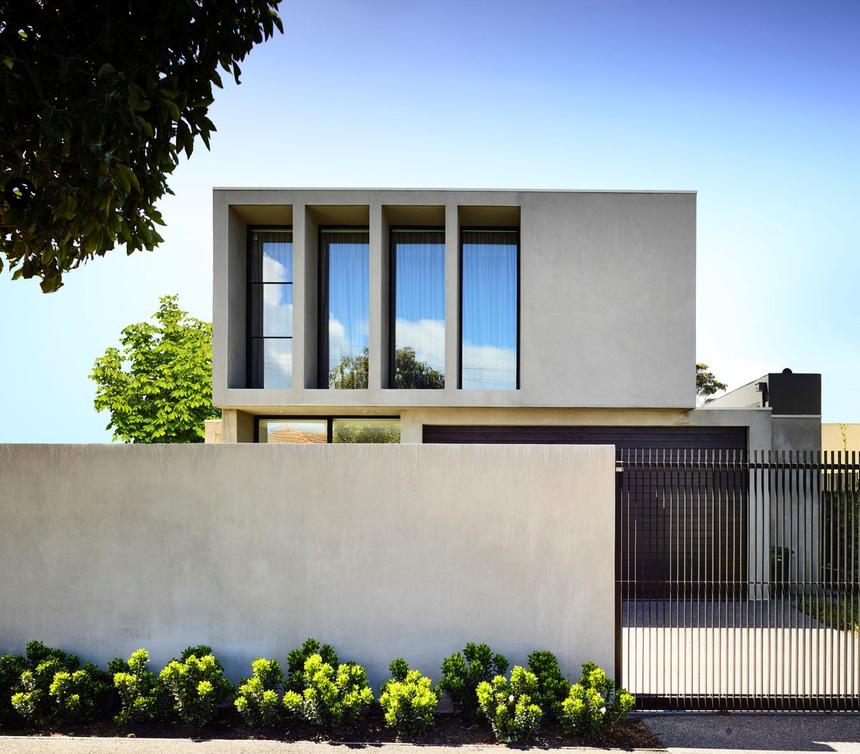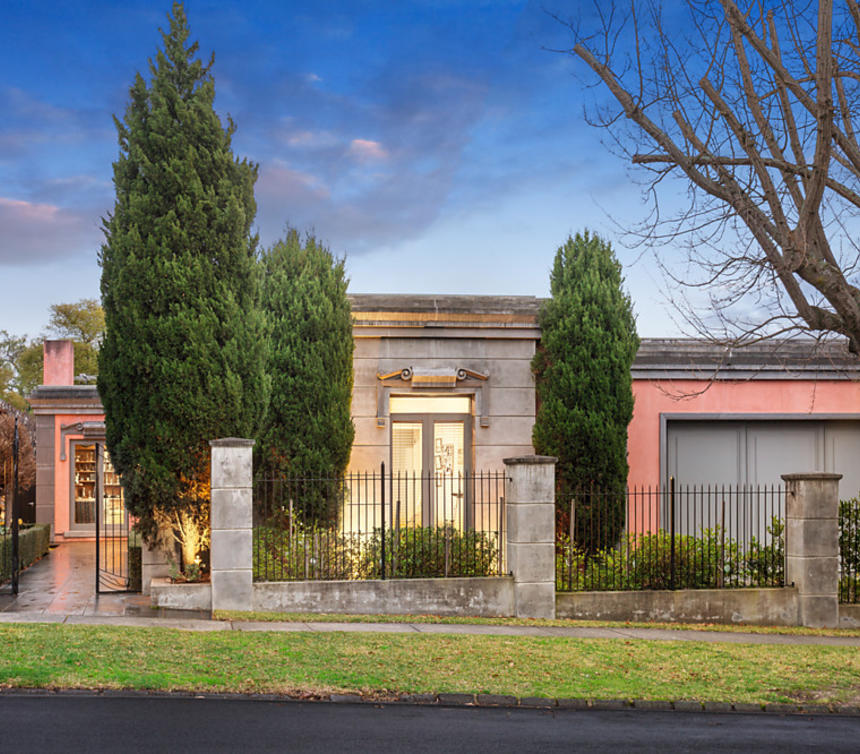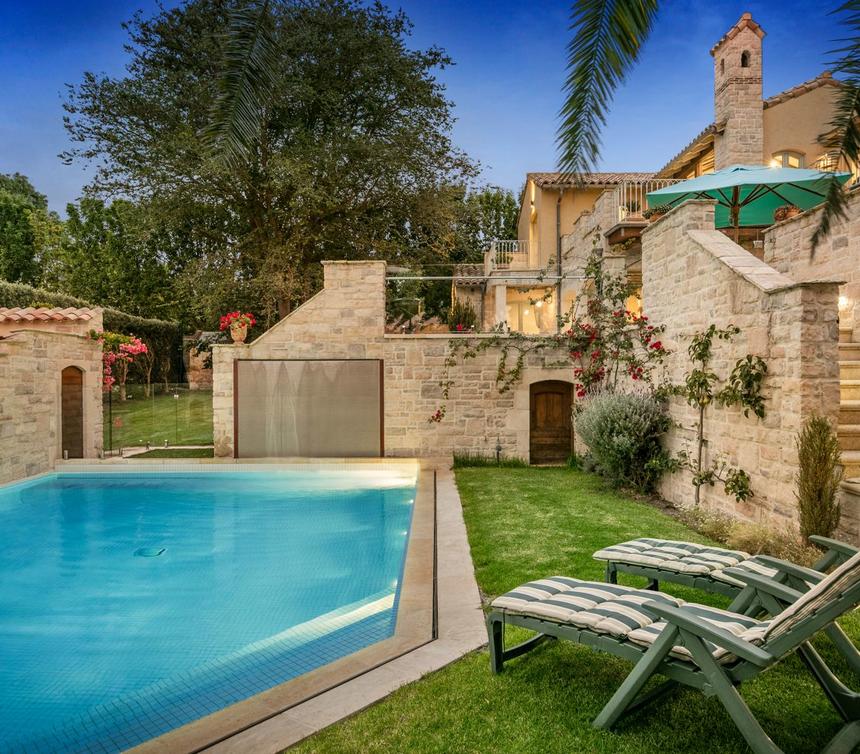Mortgage rates are the interest rates on loans used to buy homes. In Australia, mortgage rates fluctuate based on economic factors. To understand mortgage rates in Australia for 2024, you can look at forecasts, current news, and historical trends.
Using a mortgage calculator helps determine costs. Rates for 2023 and the last 5 years can show trends for first-time homebuyers and refinancing.
At an early sixties election rally, a woman screamed at Bob Menzies, “Wotcha gonna do ‘bout ‘cousin’?”
“I’d put an ‘h’ in front of it,” was his swift reply.
Their exchange took place over fifty years ago when interest rates were at record lows. The fact that people were complaining even then, shows how obsessed Australians have always been about ‘ousin’ affordability.
Interest rates and inflation usually move in opposite directions. The RBA uses this relationship to keep inflation under control—if inflation is high, they raise rates to cool demand. The below graphic shows mortgage rates since the 1960s. Notably, they average around 8% — nearly twice today’s.
Mortgage rates are the interest rates charged on home loans. Mortgage rates today vary depending on your location and financial profile. In the UK, Canada, and the USA, rates can fluctuate based on credit score impact, state mortgage rates, and whether you choose an adjustable-rate mortgage (ARM). To get the best mortgage rates, compare mortgage lenders and consider points on a mortgage and closing costs.
Throughout the sixties, Australian mortgage rates were in the region of 5% and helped the 1970s economy begin strongly. But, a potent mix of the 1973-74 OPEC oil shocks and the Whitlam Government’s inflationary policies, saw mortgage rates take the fast elevator to 11% by 1974.
Soon, came the Decade of Greed — excess, easy credit, and market-liberating Reaganomics. High interest rates were used to slow the asset price boom before years of speculation ended in tears. Bondy landed in jail and Skasey malingered in his wheelchair. By June 1989, rates were a bruising 17%. The economy tanked in ‘the recession we had to have’ and most of the nineties were spent unwinding these excesses with rates around 8%.
The 1997 Asian financial crisis and the dot.com bust of the early 2000s, saw rates dip to 6% as the RBA scrambled to stimulate the economy. Then, just as the mining boom kicked off, the GFC gutted the global economy. Banks were lending at what was dubbed ‘crisis levels’ of around 5%.
And here we are now in a low growth, low inflation, flat wages economy. Heady debt levels are being fuelled by four years of phenomenal house growth. Today’s 4.5% rate is based on the RBA cash rate of 1.5%.
Will banks move soon to raise rates themselves, to meet rising funding costs? Watch this space.









